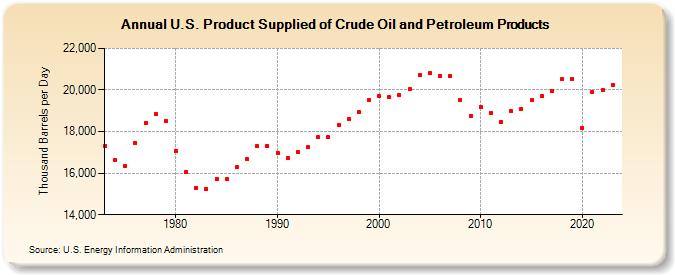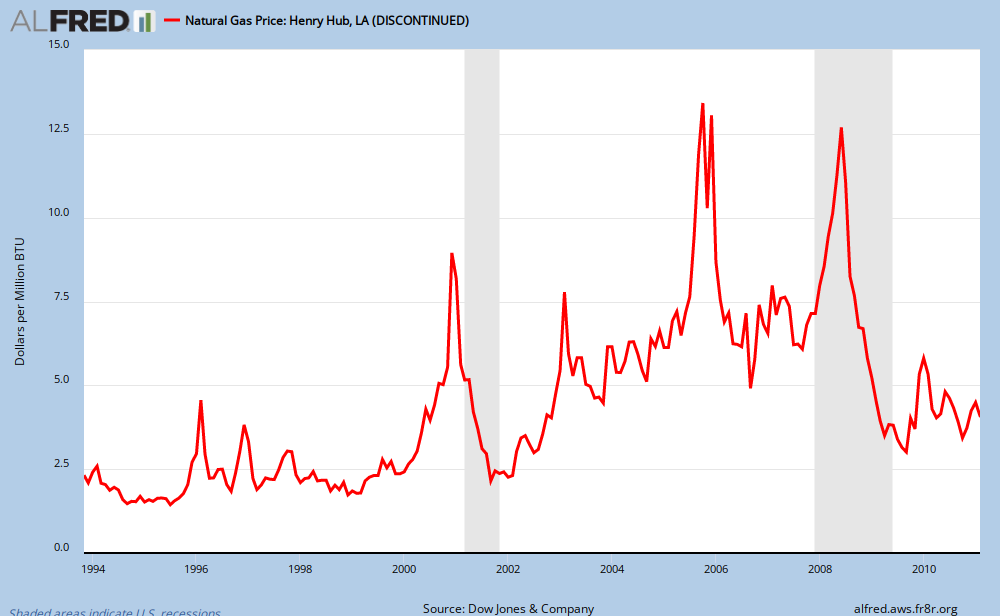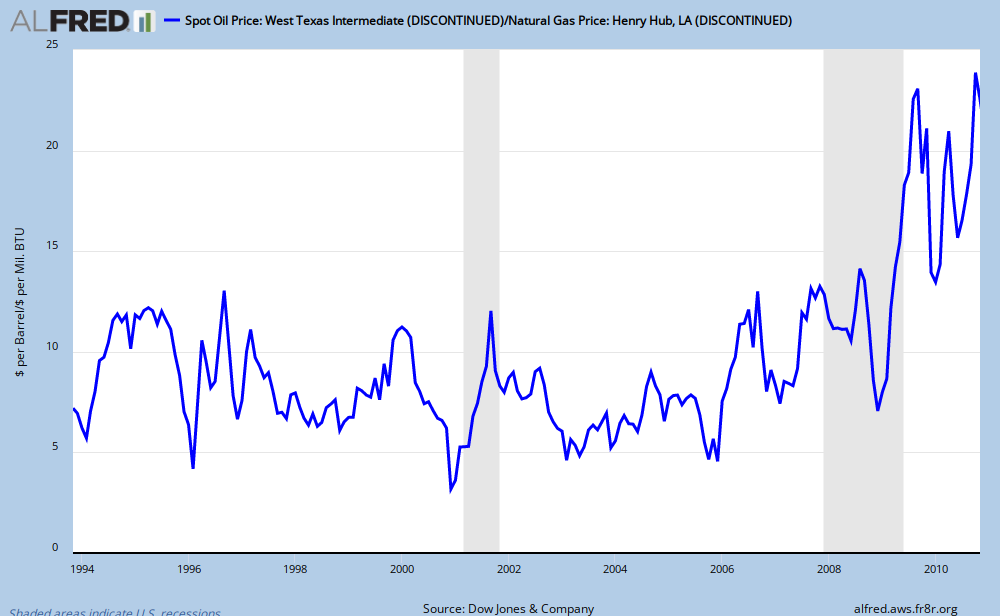trysail
Catch Me Who Can
- Joined
- Nov 8, 2005
- Posts
- 25,593
http://noir.bloomberg.com/apps/news?pid=20601116&sid=ab.CzRVQQsEw
Nigerian Oil Exploration at 10-Year Low Before Law
By Elisha Bala-Gbogbo and Dulue Mbachu
Nigerian Oil Exploration at 10-Year Low Before Law
By Elisha Bala-Gbogbo and Dulue Mbachu
Feb. 18 (Bloomberg) -- Oil exploration in Nigeria has slumped to the lowest in a decade after producers including Royal Dutch Shell Plc and Total SA backed away from investment until the country’s petroleum law is passed.
Just one exploration well was drilled in Nigeria in the past two years, the lowest since 1999, according to official figures released by the Petroleum Ministry. The number of wells peaked at 34 in 2002.
“Funds have not been available” for exploration, said Belema Osibodu, a spokeswoman for the Department of Petroleum Resources, in a telephone interview yesterday.
Fewer wells meant the government missed its targets to boost reserves to 40 billion barrels and output to 4 million barrels a day by 2010. Nigeria’s total crude oil and condensate reserves of about 37 billion barrels are the second-largest in Africa after Libya. The country is the continent’s biggest producer, with current oil output of about 2.1 million barrels a day, according to the state oil company.
While the government has struggled to meet its share of contributions to joint ventures, international oil companies have slowed exploration projects as they await new fiscal terms in a proposed bill before parliament, Osibodu said.
The law to reform the way the oil industry is funded and regulated, which has been in the legislature for more than two years, is expected to be passed by the current government before its tenure runs out in May, President Goodluck Jonathan said Feb. 2. Energy companies say the proposed law will hand too much profit and control to the state and make new investments in deep water oil fields unprofitable.
Armed Attacks
Exxon Mobil Corp., Shell, Chevron Corp., Total and Eni SpA run joint ventures with state-owned Nigerian National Petroleum Corp. that pump about 90 percent of the country’s oil.
Shell has been selling some of its Nigerian onshore licences to allow local producers and new investors to develop the deposits. The company plans to sell four out of a total of 34 blocks it holds in the country, Chief Financial Officer Simon Henry said Feb. 3.
“The blocks sold and for sale represent less than 10 percent of our production” in Nigeria, Henry said. “So we’re really reducing the footprint, increasing indigenous participation.”
Attacks in the south by armed groups including the Movement for the emancipation of the Niger Delta, or MEND, cut more than 28 percent of the country’s oil output between 2006 and 2009, also deterring new investment.
While the attacks decreased after thousands of fighters accepted a government amnesty in 2009, MEND refused to disarm, saying its demands weren’t met. MEND wants the region to have exclusive control of its resources, while paying tax to the central government.





